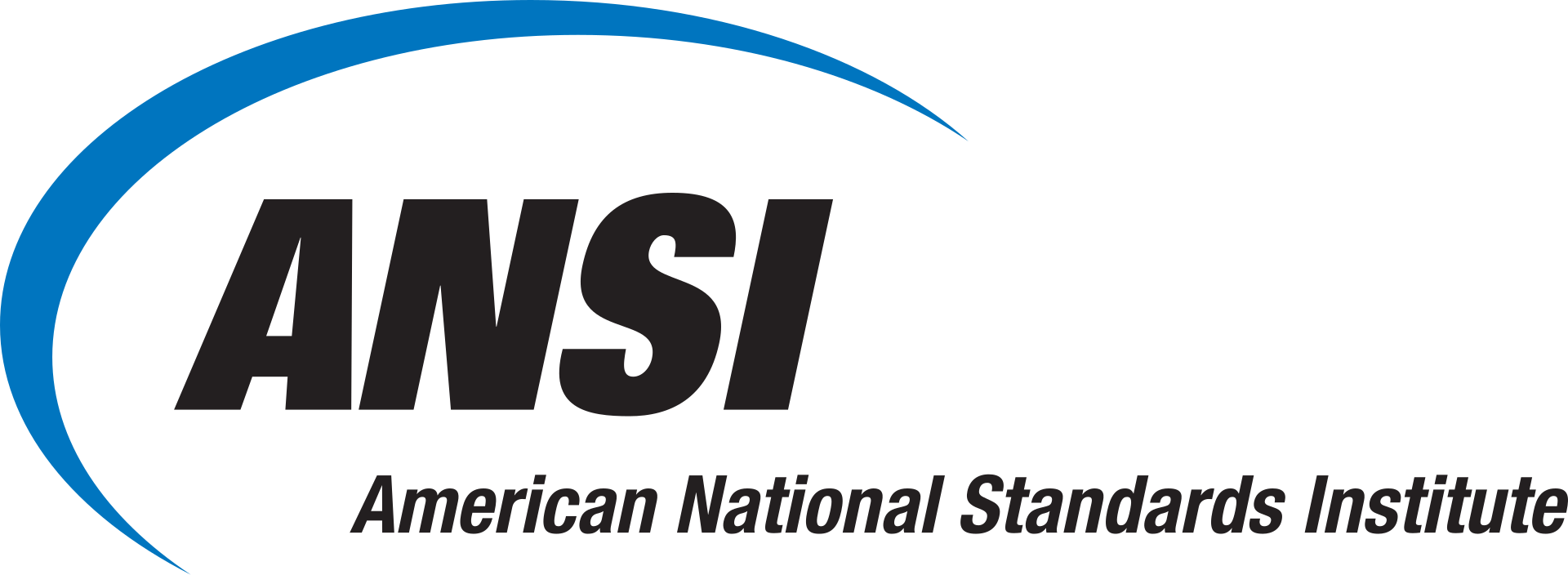ANSI/ISA 95.00.05-2018—Enterprise-Control System Integration

Integrating enterprise systems is challenging due to their inherent complexity, risks associated with security and compliance, the difficulties of data management and migration, and the need for specialized technical expertise and skills. ANSI/ISA 95.00.05-2018—Enterprise-Control System Integration – Part 5: Business-to-Manufacturing Transactions addresses these challenges by proving a standard framework for enterprise-control system integration.
What Does Enterprise Control System Integration (ECSI) Mean?
Enterprise-Control System Integration (ECSI) is the process of connecting an organization’s high-level business systems (like ERP for planning) with its low-level manufacturing control systems (like PLCs on the factory floor) to create a unified, data-driven operation. Simply put, ECSI connects disparate business applications and physical control systems to enable real-time, unified data flow—which is an essential aspect for automating processes, boosting, efficiency, improving data-driven decision-making, and enhancing agility and scalability.
Benefits of Integrating an ECSI
By integrating systems, organizations can achieve significant benefits, including the following:
- Cost reduction
- Improved productivity
- Better customer insights
- Enhanced workplace safety
- Stronger regulatory compliance
- Boosted risk management
What Is ANSI/ISA 95.00.05-2018?
ANSI/ISA 95.00.05-2018 is Part 5 of the ISA-95 Series. This American National Standard defines transactions in terms of information exchanges between applications performing business and manufacturing activities between Levels 3 and 4, and within Level 3. The exchanges are intended to enable information collection, retrieval, transfer and storage in support of enterprise-control system integration.
- Level 3 describes manufacturing execution systems (MES) and other systems such as supervisory control and data acquisition (SCADA) that manage manufacturing operations. The ISA-95 standard primarily deals with the interface between levels 3 and 4.
- Level 4 describes all the activities related to running a business. It includes enterprise resource planning (ERP) systems.
ANSI/ISA 95.00.05-2018 is consistent with the ISA-95 Part 2 and Part 4 object models. This Part 5 also defines transactions that specify how to exchange the objects defined in Part 2, Part 4, and this Part 5. Other uses of the transaction model are not defined in this Part 5 standard.
What Is the ISA-95 Series for Enterprise-Control System Integration?
The ISA-95 series (also known as ANSI/ISA-95 or IEC 62264) is a set of eight international standards for integrating enterprise and control systems. It organizes technology and business processes into layers defined by activities taking place, and it outlines how an enterprise can set up an interface to communicate among these layers.
Furthermore, the standard series defines a hierarchical model of manufacturing operations, establishes a common language for communication across different levels, and provides guidelines for data exchange. The goal of the ISA-95 series is to improve efficiency, interoperability, and collaboration within manufacturing by creating seamless information flow from the factory floor to the boardroom.
You can learn about the parent standard, ANSI/ISA 95.00.01-2025 in our blog post: ANSI/ISA 95.00.01-2025: Enterprise Control System Integration.
ANSI/ISA 95.00.05-2018 is developed by the Industrial Society of Automation (ISA).
ANSI/ISA 95.00.05-2018—Enterprise-Control System Integration – Part 5: Business-to-Manufacturing Transactions is available on the ANSI Webstore.







Pretty! This has been a really wonderful post. Many thanks for providing these details.